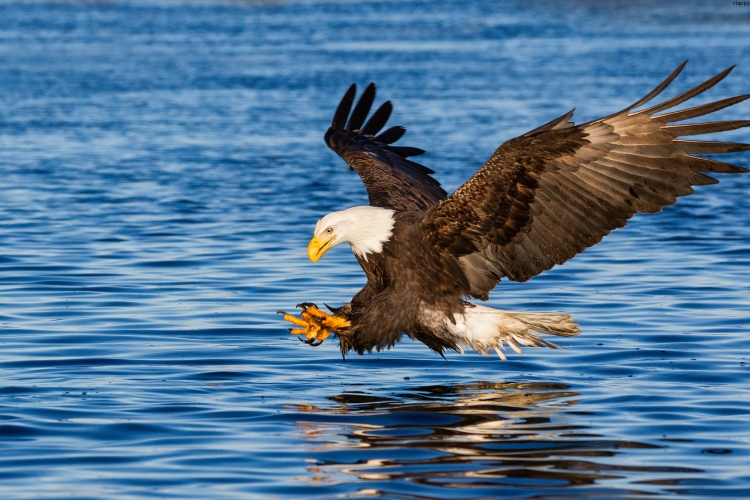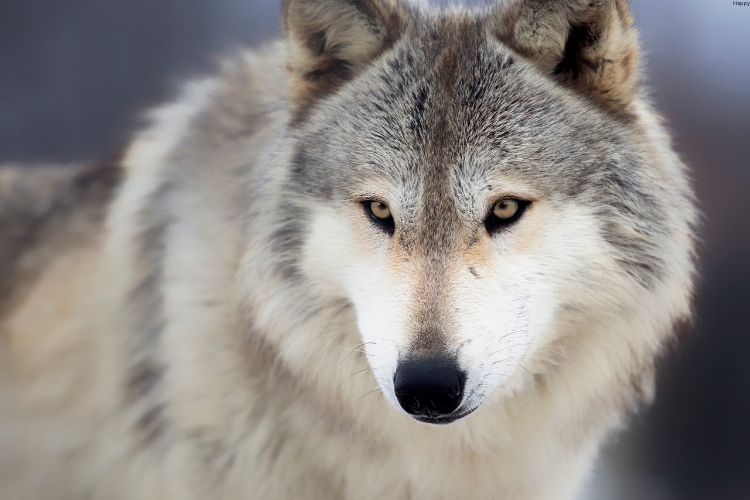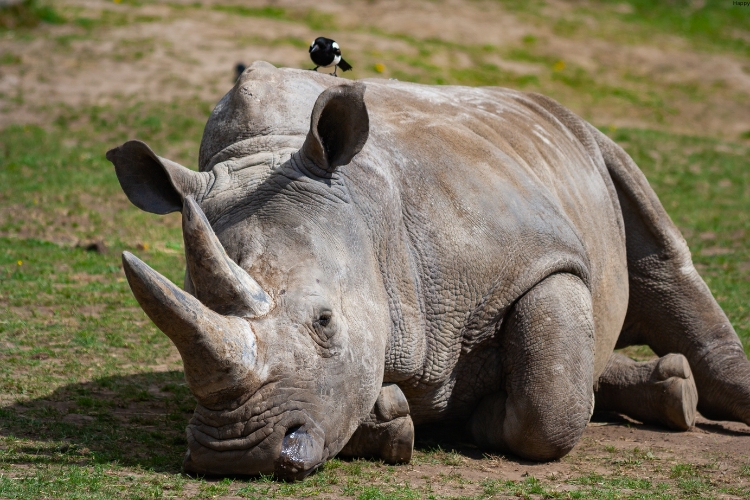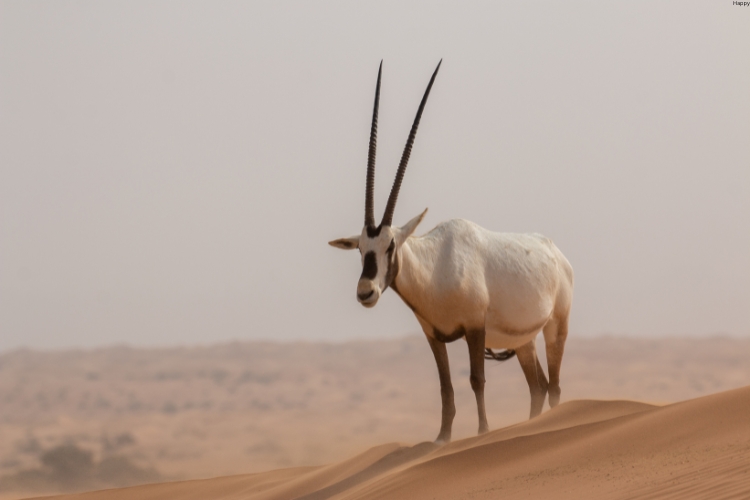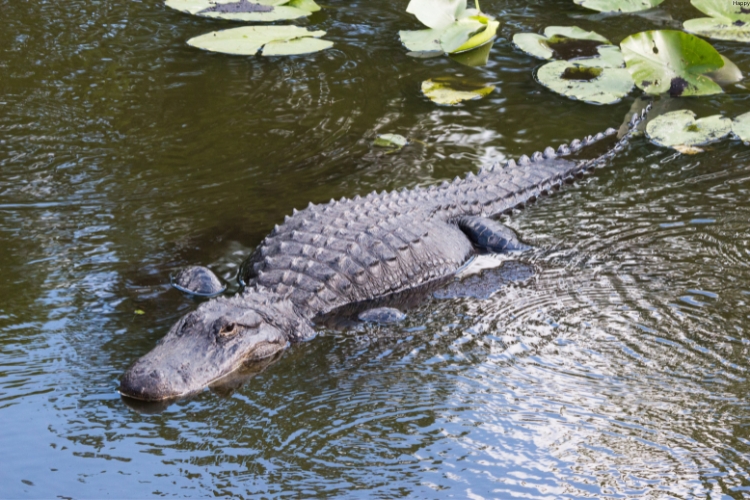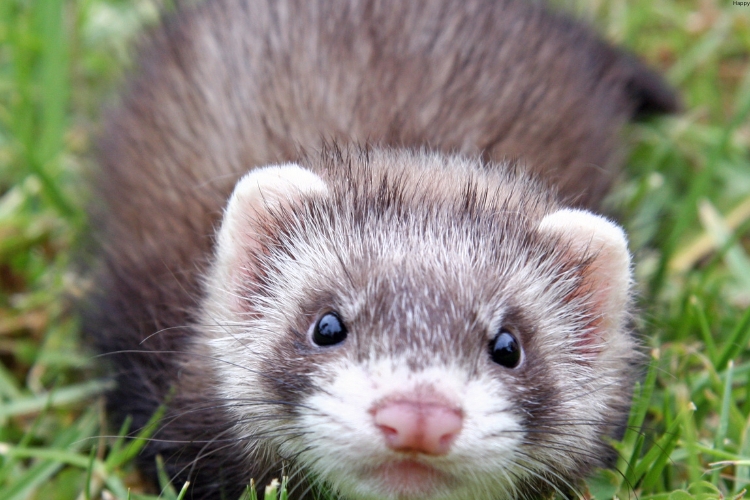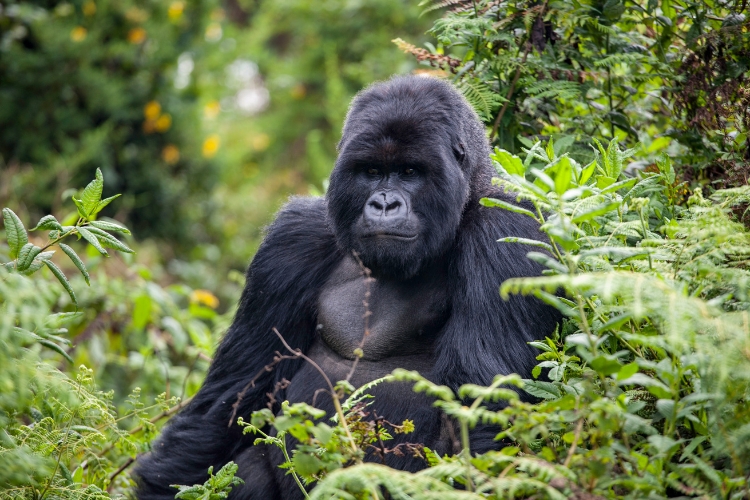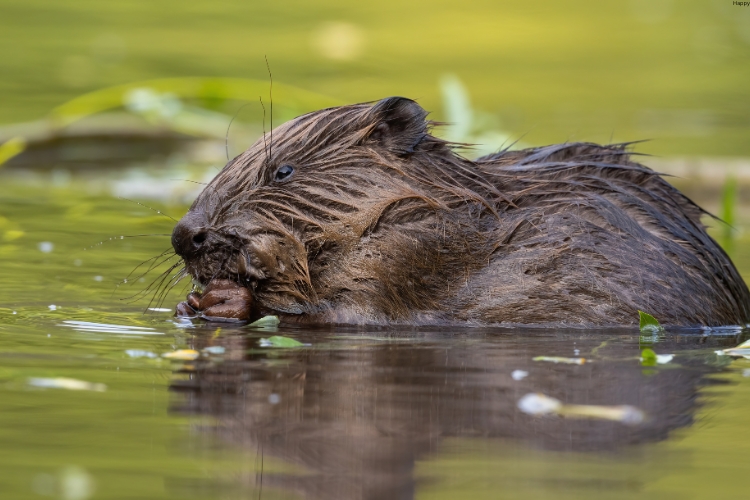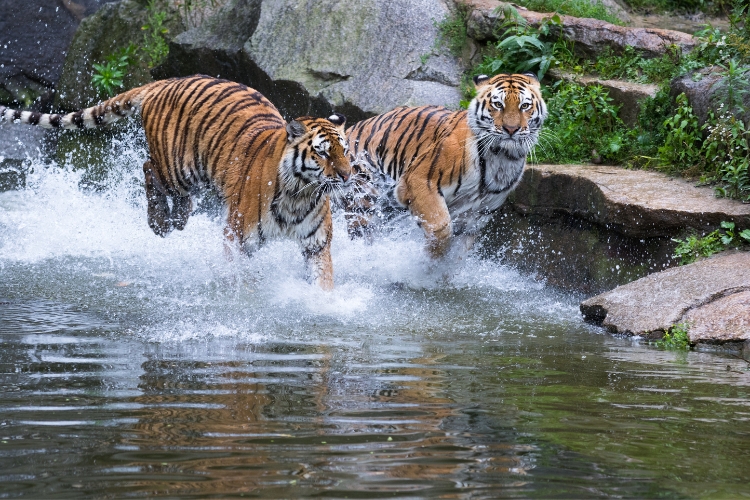In an era where environmental concerns are at the forefront of global discussions, the plight of endangered species often takes center stage.
However, amidst the challenges, there are remarkable success stories that offer hope and inspiration.
This article explores 20 of the most compelling endangered species success stories, showcasing the power of conservation efforts and human dedication to preserving biodiversity.
Understanding Endangered Species
Before delving into the success stories, it’s crucial to understand what constitutes an endangered species and why conservation efforts are vital.
What Makes a Species Endangered?
A species is considered endangered when it faces a very high risk of extinction in the wild. Factors contributing to this status include:
- Habitat loss
- Climate change
- Overexploitation
- Pollution
- Invasive species
The Importance of Conservation
Conservation efforts are critical for maintaining biodiversity, ecosystem balance, and ultimately, human well-being. Successful conservation stories demonstrate that with proper intervention and support, species can recover and thrive.
Top 20 Endangered Species Success Stories
1. Giant Panda
The giant panda, once the face of endangered species worldwide, has made a remarkable comeback.
Key Facts:
- Native to: China
- Conservation Status: Vulnerable (upgraded from Endangered in 2016)
- Population Increase: From 1,114 in the 1980s to over 1,800 in 2014
Success Factors:
- Extensive habitat protection
- Captive breeding programs
- International cooperation
2. Bald Eagle
The bald eagle, America’s national symbol, has soared back from the brink of extinction.
Key Facts:
- Native to: North America
- Conservation Status: Least Concern (removed from Endangered Species List in 2007)
- Population Increase: From 417 nesting pairs in 1963 to over 71,400 nesting pairs in 2019
Success Factors:
- Ban on DDT pesticide
- Habitat protection
- Legal protection under the Endangered Species Act
3. Gray Wolf
The gray wolf’s recovery in the Lower 48 states is a testament to the power of reintroduction programs.
Key Facts:
- Native to: North America, Europe, Asia
- Conservation Status: Least Concern (globally), but varies regionally
- Population Increase: From near extinction in the Lower 48 states to over 6,000 individuals
Success Factors:
- Reintroduction programs
- Legal protection
- Public education and changing attitudes
4. Humpback Whale
The humpback whale’s recovery is one of the great success stories of marine conservation.
Key Facts:
- Native to: Oceans worldwide
- Conservation Status: Least Concern (most populations removed from Endangered Species List in 2016)
- Population Increase: From approximately 5,000 in the 1960s to over 80,000 today
Success Factors:
- International whaling ban
- Marine protected areas
- Reduced ocean pollution
5. California Condor
The California condor’s journey from the edge of extinction showcases the power of captive breeding programs.
Key Facts:
- Native to: California, Arizona, Utah
- Conservation Status: Critically Endangered
- Population Increase: From 22 individuals in 1982 to over 400 in 2019
Success Factors:
- Captive breeding and release programs
- Habitat protection
- Lead ammunition bans
6. Southern White Rhinoceros
The southern white rhinoceros represents a beacon of hope for rhino conservation efforts.
Key Facts:
- Native to: Southern Africa
- Conservation Status: Near Threatened
- Population Increase: From fewer than 100 in the early 1900s to over 20,000 today
Success Factors:
- Anti-poaching efforts
- Translocation programs
- Ecotourism initiatives
7. Golden Lion Tamarin
The golden lion tamarin’s recovery highlights the importance of habitat restoration.
Key Facts:
- Native to: Brazil
- Conservation Status: Endangered
- Population Increase: From 200 in the 1970s to over 2,500 in the wild today
Success Factors:
- Habitat restoration and protection
- Captive breeding and reintroduction
- Community involvement in conservation
8. Arabian Oryx
The Arabian oryx’s return from extinction in the wild is a remarkable conservation achievement.
Key Facts:
- Native to: Arabian Peninsula
- Conservation Status: Vulnerable (upgraded from Extinct in the Wild)
- Population Increase: From extinct in the wild in 1972 to over 1,000 individuals today
Success Factors:
- Captive breeding programs
- Reintroduction efforts
- Protected areas establishment
9. Przewalski’s Horse
The Przewalski’s horse, once extinct in the wild, now roams free again in its native habitat.
Key Facts:
- Native to: Central Asia
- Conservation Status: Endangered (upgraded from Extinct in the Wild)
- Population Increase: From extinct in the wild in 1969 to over 500 in the wild today
Success Factors:
- Captive breeding programs
- Reintroduction efforts
- Habitat protection
10. American Alligator
The American alligator’s recovery is one of the earliest success stories of the Endangered Species Act.
Key Facts:
- Native to: Southeastern United States
- Conservation Status: Least Concern (removed from Endangered Species List in 1987)
- Population Increase: From near extinction to over 5 million today
Success Factors:
- Legal protection
- Habitat conservation
- Sustainable management programs
11. Sea Otter
The sea otter’s comeback demonstrates the positive impact of marine protected areas.
Key Facts:
- Native to: North Pacific Ocean
- Conservation Status: Endangered
- Population Increase: From fewer than 2,000 in the early 1900s to over 125,000 today
Success Factors:
- Marine protected areas
- Hunting bans
- Oil spill prevention and response measures
12. Black-footed Ferret
The black-footed ferret’s revival showcases the importance of disease management in conservation.
Key Facts:
- Native to: North American Great Plains
- Conservation Status: Endangered
- Population Increase: From believed extinct in 1979 to over 300 in the wild today
Success Factors:
- Captive breeding programs
- Disease management (sylvatic plague)
- Prairie dog conservation (main prey species)
13. Peregrine Falcon
The peregrine falcon’s recovery is a testament to the impact of banning harmful pesticides.
Key Facts:
- Native to: Worldwide
- Conservation Status: Least Concern (removed from Endangered Species List in 1999)
- Population Increase: From 324 known nesting pairs in 1975 to over 3,000 pairs today
Success Factors:
- DDT ban
- Captive breeding and release programs
- Urban nesting adaptations
14. Galápagos Giant Tortoise
The Galápagos giant tortoise’s comeback highlights the importance of invasive species management.
Key Facts:
- Native to: Galápagos Islands
- Conservation Status: Vulnerable
- Population Increase: From 3,000 in the 1970s to over 20,000 today
Success Factors:
- Invasive species control
- Captive breeding programs
- Habitat restoration
15. Mauritius Kestrel
The Mauritius kestrel’s recovery from near-extinction showcases the power of focused conservation efforts.
Key Facts:
- Native to: Mauritius
- Conservation Status: Endangered
- Population Increase: From 4 known birds in 1974 to over 400 today
Success Factors:
- Captive breeding and release programs
- Nest box provision
- Habitat protection
16. Mountain Gorilla
The mountain gorilla’s increasing numbers demonstrate the impact of ecotourism on conservation.
Key Facts:
- Native to: Central Africa
- Conservation Status: Endangered
- Population Increase: From 620 in 1989 to over 1,000 today
Success Factors:
- Anti-poaching efforts
- Ecotourism
- Veterinary interventions
17. Gray Whale
The gray whale’s recovery in the Eastern Pacific is a model for international conservation cooperation.
Key Facts:
- Native to: North Pacific Ocean
- Conservation Status: Least Concern (Eastern Pacific population)
- Population Increase: From as low as 1,000-2,000 to over 27,000 today
Success Factors:
- International protection
- Marine mammal conservation laws
- Reduction in commercial whaling
18. Eurasian Beaver
The Eurasian beaver’s comeback demonstrates the positive impact of reintroduction on ecosystems.
Key Facts:
- Native to: Europe and Asia
- Conservation Status: Least Concern
- Population Increase: From near extinction in the early 20th century to over 1.5 million today
Success Factors:
- Reintroduction programs
- Legal protection
- Public education on ecological benefits
19. Iberian Lynx
The Iberian lynx’s ongoing recovery showcases the importance of prey species conservation.
Key Facts:
- Native to: Iberian Peninsula
- Conservation Status: Endangered (upgraded from Critically Endangered)
- Population Increase: From fewer than 100 in 2002 to over 1,100 in 2020
Success Factors:
- Captive breeding and release programs
- Rabbit (prey) conservation
- Habitat corridor creation
20. Amur Tiger
The Amur tiger’s stabilizing population highlights the impact of international cooperation in conservation.
Key Facts:
- Native to: Russian Far East and Northeast China
- Conservation Status: Endangered
- Population Increase: From as few as 20-30 in the 1930s to over 500 today
Success Factors:
- Anti-poaching efforts
- Habitat protection
- International cooperation
Comparative Analysis
To better understand these success stories, let’s compare some key factors:
| Species | Recovery Time | Main Threats | Key Conservation Strategies |
|---|---|---|---|
| Giant Panda | ~40 years | Habitat loss, low reproduction rate | Habitat protection, captive breeding |
| Bald Eagle | ~40 years | DDT poisoning, habitat loss | Pesticide ban, habitat protection |
| California Condor | ~40 years | Lead poisoning, habitat loss | Captive breeding, lead ammunition bans |
| Gray Wolf | ~50 years | Hunting, habitat loss | Reintroduction, changing public attitudes |
| Humpback Whale | ~50 years | Commercial whaling | International whaling ban, marine protected areas |
Conclusion
These 20 endangered species success stories offer hope and valuable lessons for wildlife conservation worldwide.
They demonstrate that with dedicated effort, scientific research, legal protection, and public support, even the most threatened species can recover. Key strategies that emerge from these success stories include:
- Habitat protection and restoration
- Captive breeding and reintroduction programs
- Legal protection and enforcement
- International cooperation
- Public education and engagement
- Addressing root causes of decline (e.g., banning harmful pesticides)
As we face ongoing biodiversity challenges, these success stories serve as inspiration and roadmaps for future conservation efforts.
They remind us that while the task of protecting endangered species is complex and often daunting, it is not impossible.
With continued dedication, innovation, and global cooperation, we can work towards a future where more species move from the brink of extinction to thriving populations.



